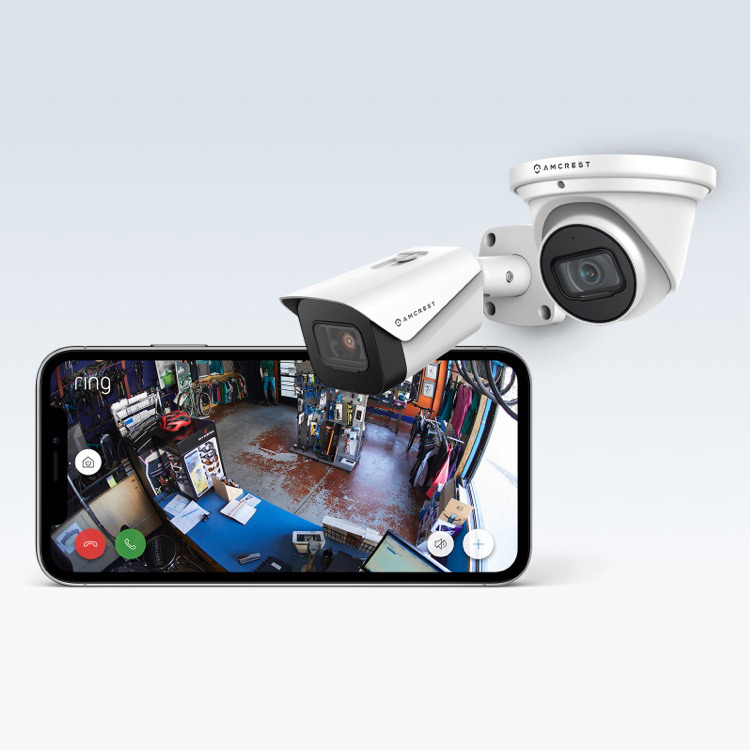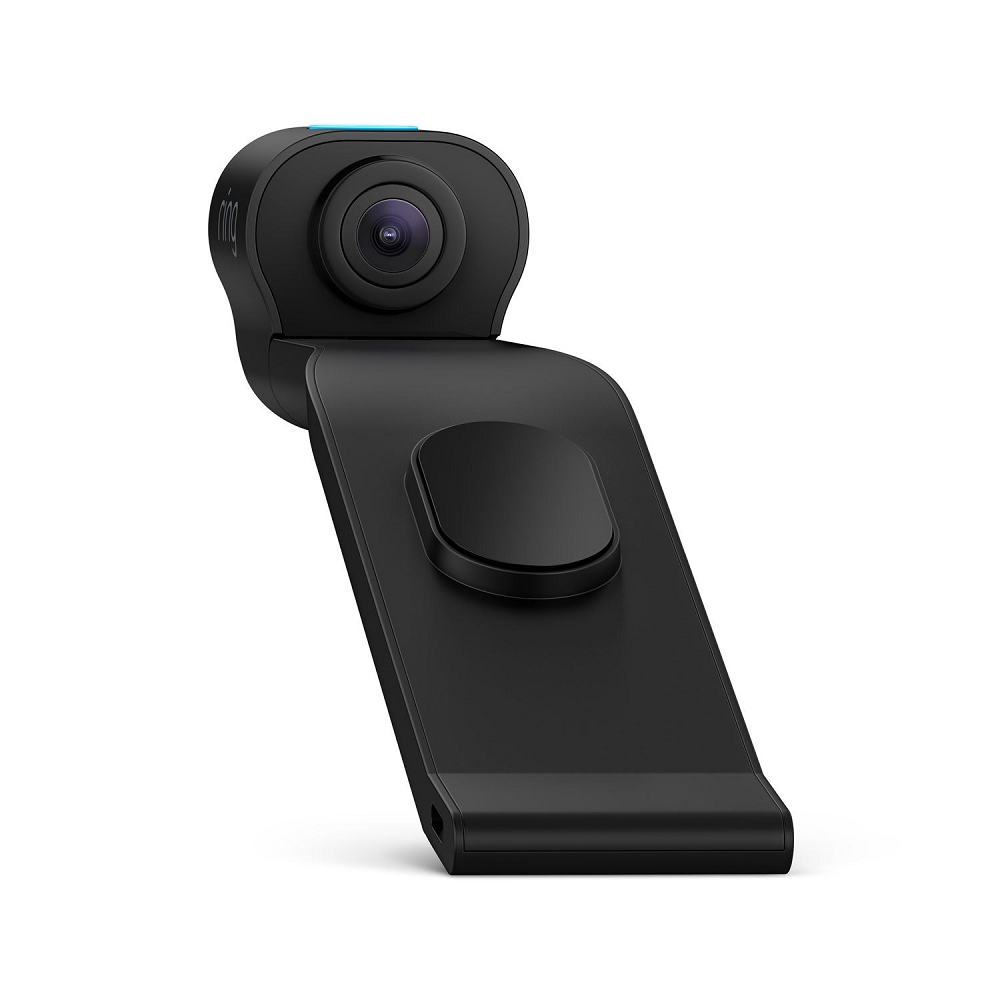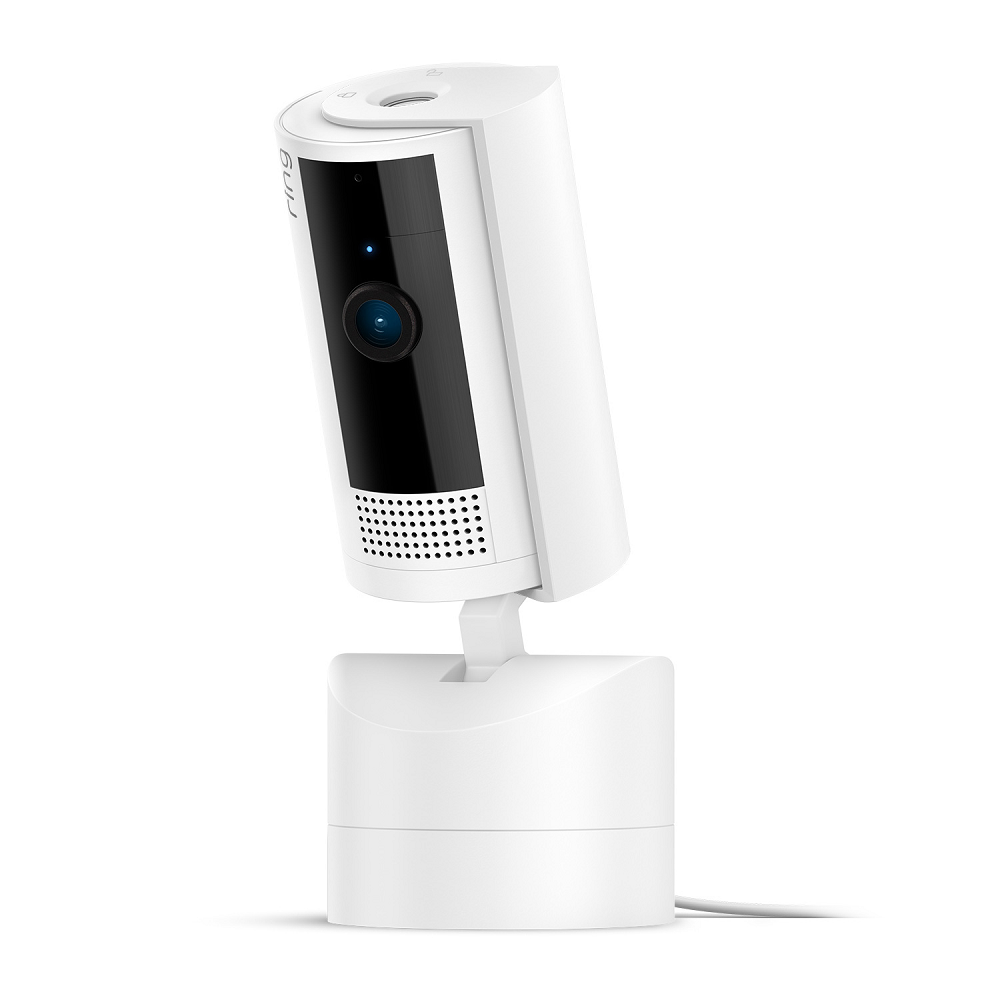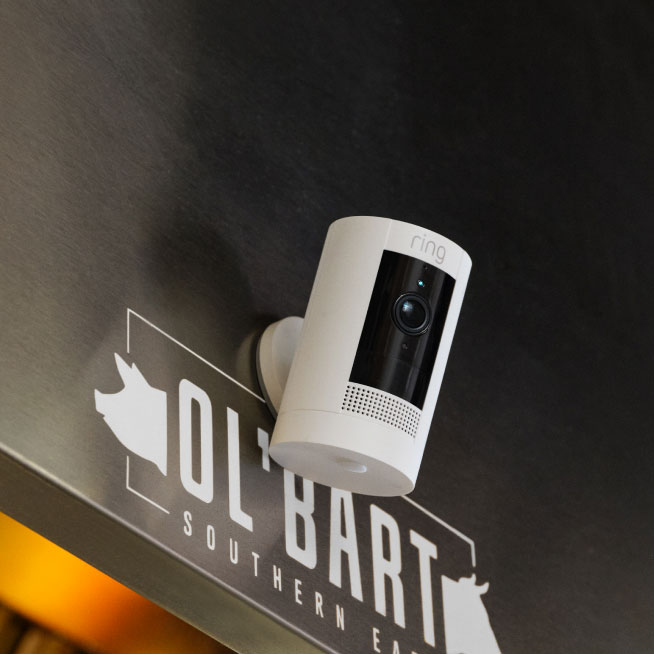Introduction
As home security becomes a priority for many households, the market for smart cameras and connected security systems has grown exponentially. Ring, a leader in the home security industry, offers a comprehensive suite of products designed to keep your home safe. However, not all cameras are compatible with Ring’s ecosystem. Understanding which cameras work with Ring can help homeowners make informed decisions and create a seamless, efficient home security system.
Understanding Ring’s Ecosystem
The Importance of Compatibility
When planning a home security system, compatibility is a crucial factor. Incompatible devices can lead to inefficiencies and potential security gaps. For seamless integration and operation, it’s essential to select cameras that are designed to work with Ring.
Why Choose Ring?
Ring is renowned for its smart doorbells, security cameras, and comprehensive home security systems. With features like motion detection, HD video, and real-time alerts, Ring products offer a robust solution for monitoring and protecting your home. By selecting compatible cameras, users can expand their security network and enjoy enhanced features and functionalities.
Types of Ring-Compatible Cameras
Ring’s Own Line of Cameras
Ring offers a variety of cameras that work seamlessly within their ecosystem. These include:
- Ring Indoor Cam: A compact and versatile indoor security camera. It offers 1080p HD video, two-way talk, and motion-activated alerts. It’s ideal for monitoring indoor spaces and keeping tabs on activities inside your home.
- Ring Stick Up Cam: This camera is suitable for both indoor and outdoor use. It features flexible setup options – battery-powered, plug-in, or solar-powered. With its adjustable mounting brackets and weather-resistant design, the Stick Up Cam provides flexibility in positioning and usage.
- Ring Spotlight Cam: Designed for outdoor use, this camera comes with built-in spotlights and a siren, providing an extra layer of security. It offers 1080p HD video, night vision, and motion detection. The camera connects to your home Wi-Fi network and integrates with other Ring devices.
- Ring Floodlight Cam: This camera combines powerful floodlights with a high-definition security camera. It’s designed for outdoor spaces and features motion-activated lighting, a 110-decibel siren, and two-way talk. The camera offers comprehensive coverage of your property, deterring potential intruders with its bright lights and loud alarm.
Choosing Ring-branded cameras ensures compatibility and access to the full range of features offered by Ring’s security system.
Third-Party Cameras Compatible with Ring
While Ring encourages the use of its own branded cameras, some third-party cameras can also integrate into the Ring ecosystem through various applications and hubs:
- SmartThings Integration: By using Samsung’s SmartThings hub, some third-party cameras can be linked to the SmartThings app, which can then be connected to Ring. However, functionality may be limited compared to Ring’s own cameras.
- Amazon Echo Show Integration: The Amazon Echo Show can display video feeds from compatible security cameras, including some third-party options. If integrated with Ring, you can use voice commands to view camera feeds on your Echo Show.
For seamless integration, it’s recommended to stick with cameras explicitly designed to be compatible with Ring.
Setting Up Cameras with Ring
Initial Setup
Setting up your cameras with Ring is a straightforward process. Here’s a basic guide:
- Download the Ring App: Download the Ring app from your smartphone’s app store. The app is available for both iOS and Android devices.
- Create an Account: If you don’t already have a Ring account, you’ll need to create one. This involves providing some basic information and verifying your email address.
- Add Your Device: Open the Ring app and select “Set Up a Device.” Follow the on-screen instructions to add your camera. You’ll need to scan a QR code on the camera or manually enter the serial number.
- Connect to Wi-Fi: Follow the prompts to connect your camera to your home Wi-Fi network. Ensure your internet connection is stable for optimal performance.
- Mount Your Camera: Position and mount your camera as desired, using the included mounting brackets or stands. Ensure the camera has a clear field of view and is placed within range of your Wi-Fi network.
- Customize Settings: Adjust the motion detection zones, set up alerts, and customize other settings to suit your preferences.
Integration with Other Devices
Integrating your cameras into the broader Ring ecosystem enhances their functionality. Here’s how to do it:
- Link Devices: In the Ring app, you can link multiple Ring devices to work together. For example, you can set your cameras to start recording when your Ring Alarm system is triggered.
- Alexa Integration: If you have an Amazon Echo device, you can enable the Ring Alexa skill to control your cameras with voice commands. This allows for hands-free operation and seamless integration with your smart home setup.
- Smart Lights: Integrate Ring cameras with Ring Smart Lights to enhance security. Motion detected by the cameras can trigger the lights, providing added visibility and deterrence.
Advanced Features and Customizations
Motion Detection Zones
Customizing motion detection zones is one of the key features of Ring cameras. By setting specific areas to monitor, you can reduce false alarms and focus on the most critical areas. This is especially useful for outdoor cameras, where you may want to ignore areas like streets or neighbor’s yards.
Video Storage and Playback
Ring offers multiple plans for video storage:
- Basic Plan: This plan includes 60 days of video history per device. It’s perfect for smaller setups.
- Protect Plus Plan: This plan covers all Ring devices at your location. It offers extended video history and additional features.
Video playback and history can be accessed via the Ring app, providing peace of mind and the ability to review incidents at any time.
Integrating with Smart Home Systems
For users with extensive smart home setups, integrating Ring cameras with other systems can enhance functionality:
- IFTTT (If This Then That): Use IFTTT to create custom automations. For example, you can set up a rule to turn on a smart light when your Ring camera detects motion.
- Smart Home Hubs: Compatibility with hubs like Samsung SmartThings allows for broader integration with other smart devices in your home.
Common Issues and Troubleshooting
Connectivity Issues
One of the most common issues with smart cameras, including those from Ring, is connectivity. Here’s how to address them:
- Wi-Fi Range: Ensure your camera is within range of your Wi-Fi network. Consider using Wi-Fi extenders if necessary.
- Network Interference: Limit interference from other devices. Avoid placing your camera near devices like microwaves or cordless phones, which can disrupt the signal.
- Firmware Updates: Keep your Ring devices updated with the latest firmware. This ensures you access the latest features and security enhancements.
Power Problems
Power problems can affect the performance of your Ring cameras:
- Battery Life: Regularly check the battery levels of battery-operated cameras. Ring offers accessory battery packs for easy replacement.
- Solar Panels: For outdoor cameras, consider using solar panels to keep the batteries charged.
- Wiring Issues: For wired cameras, ensure connections are secure and check for any damage to the wires.
Motion Detection Sensitivity
Adjusting the sensitivity of your motion detection can reduce false alarms:
- Pet Mode: If you have pets, enable Pet Mode to lower the sensitivity and avoid frequent alerts.
- Zones: Customize motion zones to focus on critical areas and avoid high-traffic regions.
Future Innovations and Developments
Artificial Intelligence and Machine Learning
Enhancements in artificial intelligence (AI) and machine learning are poised to revolutionize home security systems. Future Ring cameras might incorporate advanced AI to differentiate between humans, animals, and inanimate objects, reducing false alarms and increasing efficiency.
Increased Integration with Smart Homes
As the smart home market grows, expect even deeper integration of Ring products with other smart devices. This could include more seamless interactions with smart speakers, thermostats, and even kitchen appliances.
Enhanced Video Quality
With advancements in video technology, we may see Ring cameras offering 4K resolution, providing even clearer and more detailed footage.
Privacy and Security Enhancements
With increasing concerns about privacy and data security, Ring will likely focus on enhancing encryption and security protocols to protect user data. This could include features like end-to-end encryption and advanced user controls for data sharing and access.
Conclusion
Selecting the right cameras for your Ring security system is essential for a seamless and efficient home security setup. While Ring offers a range of compatible cameras designed for various needs, understanding how to integrate third-party cameras and troubleshooting common issues can enhance your experience. As the smart home market continues to evolve, staying informed about the latest innovations and developments will help you maintain a secure and up-to-date home security system. In the end, making informed decisions and customizing your setup to fit your specific needs will ensure that your home is as secure as possible.





